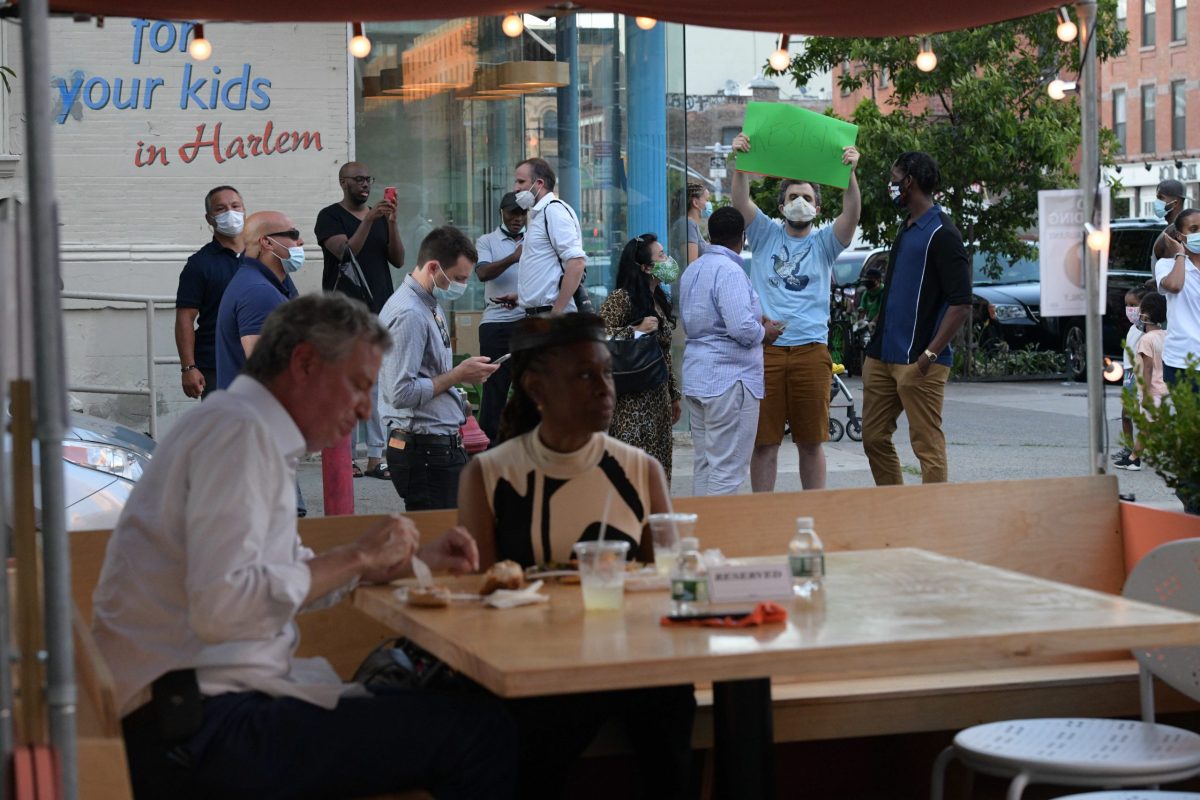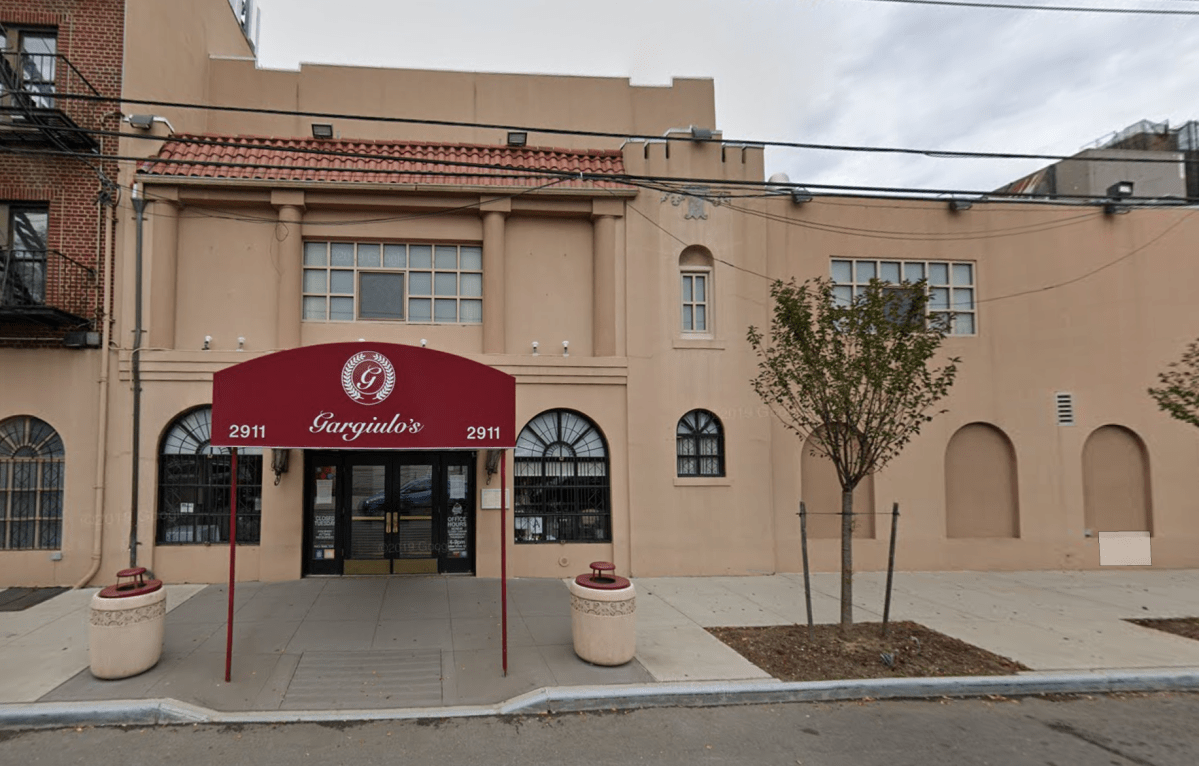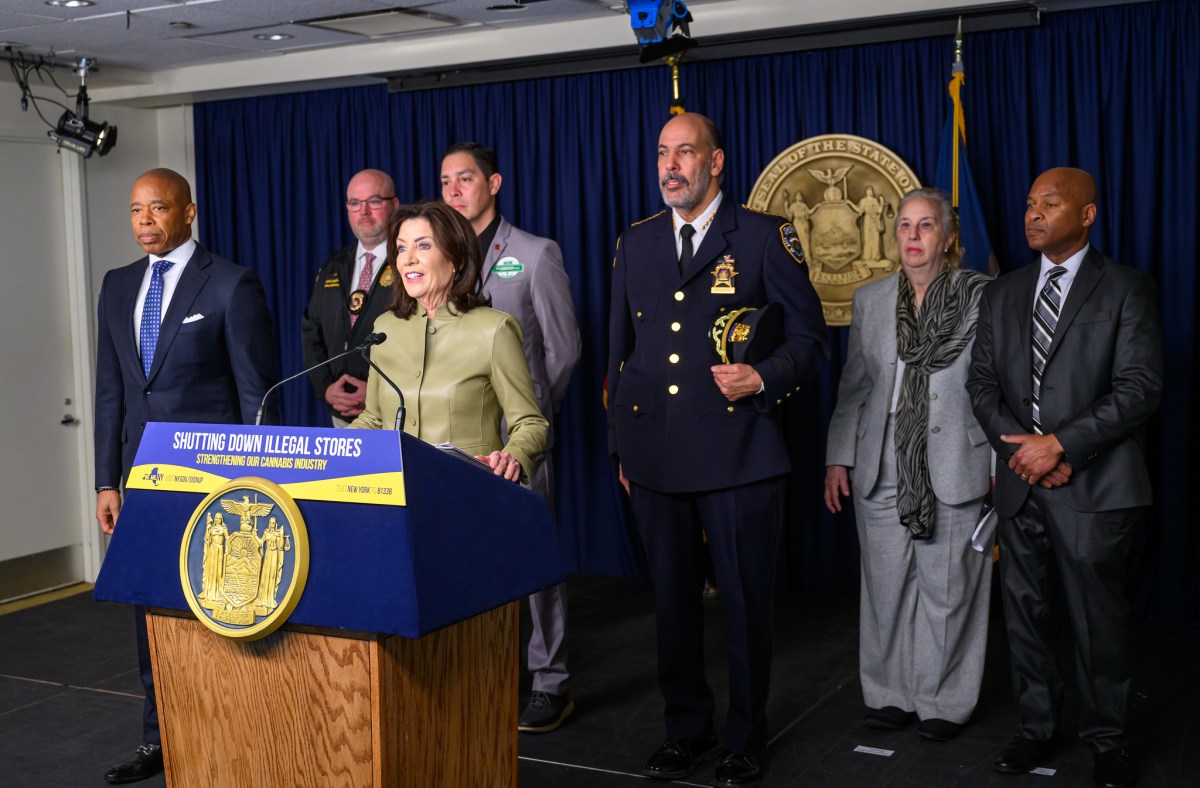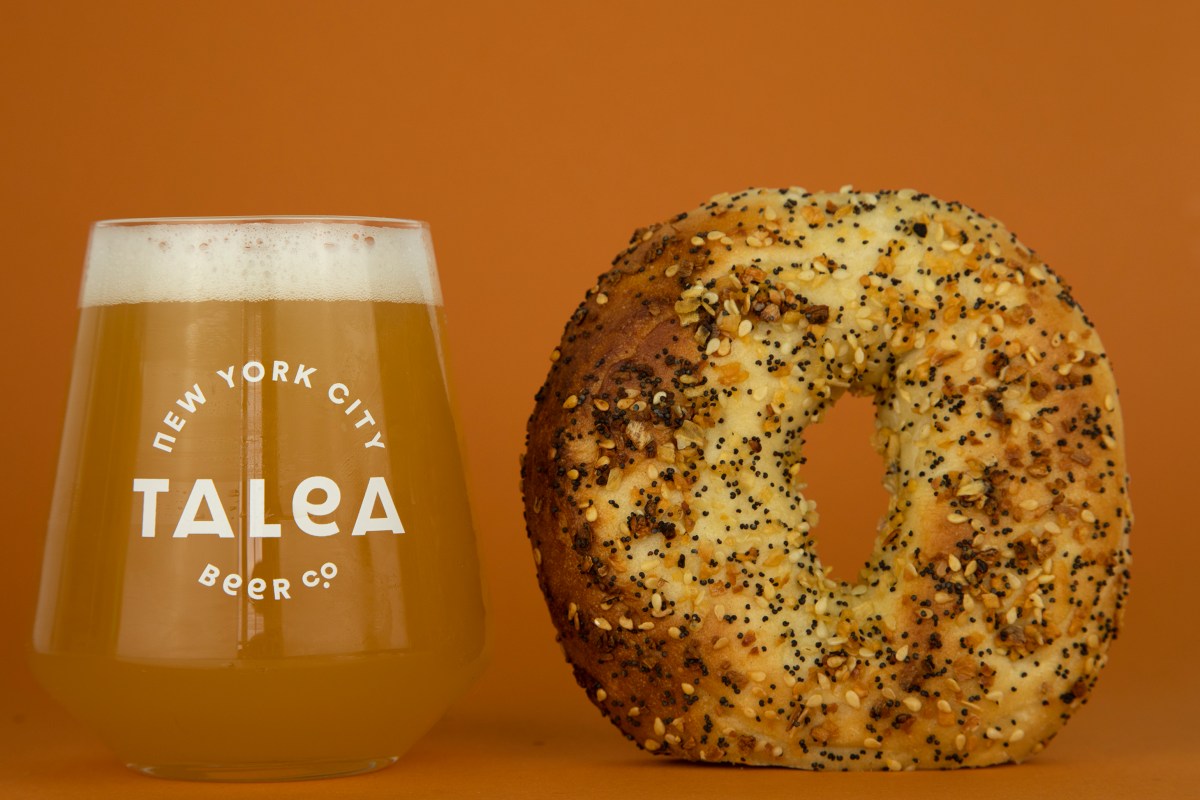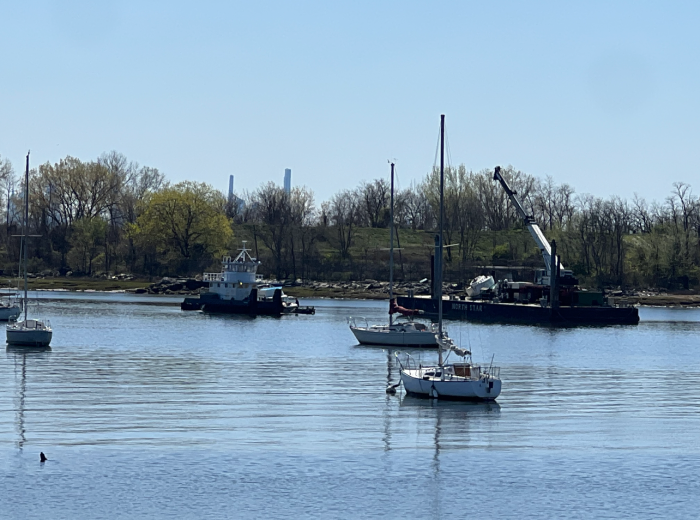When their landlords come calling for the rent check during the COVID-19 pandemic, restaurants and bars across New York City are increasingly unable to foot the bill — or even half of it.
That’s the key finding in a survey that the NYC Hospitality Alliance conducted during late July, as eateries across the five boroughs were back in business with limited outdoor dining options. The results of the survey, released Monday morning, found that just 17.2% of respondents said that they were able to pay 50% or more of their rent.
Fifty-three percent of those surveyed said they gave their landlords half of their rent, while the remaining 29.8% said they could only afford to pay less than 50% of their monthly obligations.
The inability to pay rent serves as a sure sign of the mighty economic troubles the city’s hospitality industry faces during the COVID-19 pandemic. Restaurants, bars and nightclubs have collectively lost billions in business lost due to months of idleness, followed by a limited reopening designed to keep the general public safe.
Despite the sacrifices made, the hospitality sector finds itself stuck between inflexible landlords who won’t cut them a break, and an absence of meaningful relief from government, according to Andrew Rigie, executive director of the NYC Hospitality Alliance.
“Restaurants and nightlife venues are essential to the economic and social fabric of our city, but they are struggling to survive and absent immediate and sweeping relief so many will be forced to close permanently,” Rigie said.
New York’s PAUSE order, implemented in March as the virus took hold of the state, forced restaurants to close their doors to the public. Some establishments were able to remain open during the pandemic by offering delivery or take-out options, or by repurposing their businesses as grocery stores. However, by most reported accounts, the income levels were far below normal.
During Phase 2 of New York City’s reopening, which began on June 22, restaurants were able to reopen with outdoor seating only. The city eased regulations allowing businesses to set up cafés on the sidewalks and streets to help boost business.
But indoor dining, which was set to return on a limited basis during Phase 3 of reopening back on July 6, remains off-limits to this day. Governor Andrew Cuomo and Mayor Bill de Blasio, in explaining the indoor dining delay, cited concerns over COVID-19 spikes experienced in other states that allowed restaurants and bars to welcome guests back inside. At this point, it’s not clear exactly when indoor dining will be permitted.
The NYC Hospitality Alliance survey reached 471 restaurant, bar and nightclub owners across the city between July 15-28. More than a third of respondents (37.4%) said they couldn’t pay a dime in rent to their landlords, while another 36.6% said they could make only a partial rent payment.
The survey also found that just 28.6% of businesses reported that their landlord had agreed to cut them a break on their rent — but not by very much. Of those businesses who got a break on their rent, 42.2% said the landlord agreed to take half-rent, and 26.6% said that their break was less than 50% of their rent was waived.
Moreover, more than 60% of hospitality businesses reported that their landlord did not agree to defer any rent payments related to the pandemic.
Bigie said the survey’s findings reflect the dire state of the hospitality industry in New York City — and the pressing need for governmental action to save scores of restaurants, bars and nightclubs in danger of closing for good.
“While complying with the necessary pause, our industry has been uniquely and financially devastated,” he said. “Small businesses urgently need solutions from government leaders at the city, state, and federal level, inclusive of extending the moratorium on evictions, extending the suspension of personal liability guarantees in leases, pausing commercial rent taxes, providing landlords with needed support, and infusing small businesses with enough cash to weather the storm.”
Read the full report on the NYC Hospitality Alliance’s website, thenycalliance.org.
Meanwhile, on Monday, de Blasio announced an expansion of the city’s Open Restaurants outdoor dining program for 2021, with eateries able to open outdoor cafés beginning June 1. There’s no word on whether the current Open Restaurants program will be expanded into the fall and winter of this year.
According to the mayor, more than 9,000 restaurants citywide have taken advantage of the outdoor dining program. “We estimate that 80,000 New Yorkers have gotten their jobs back,” he added.
With reporting by Alejandra O’Connell-Domenech



